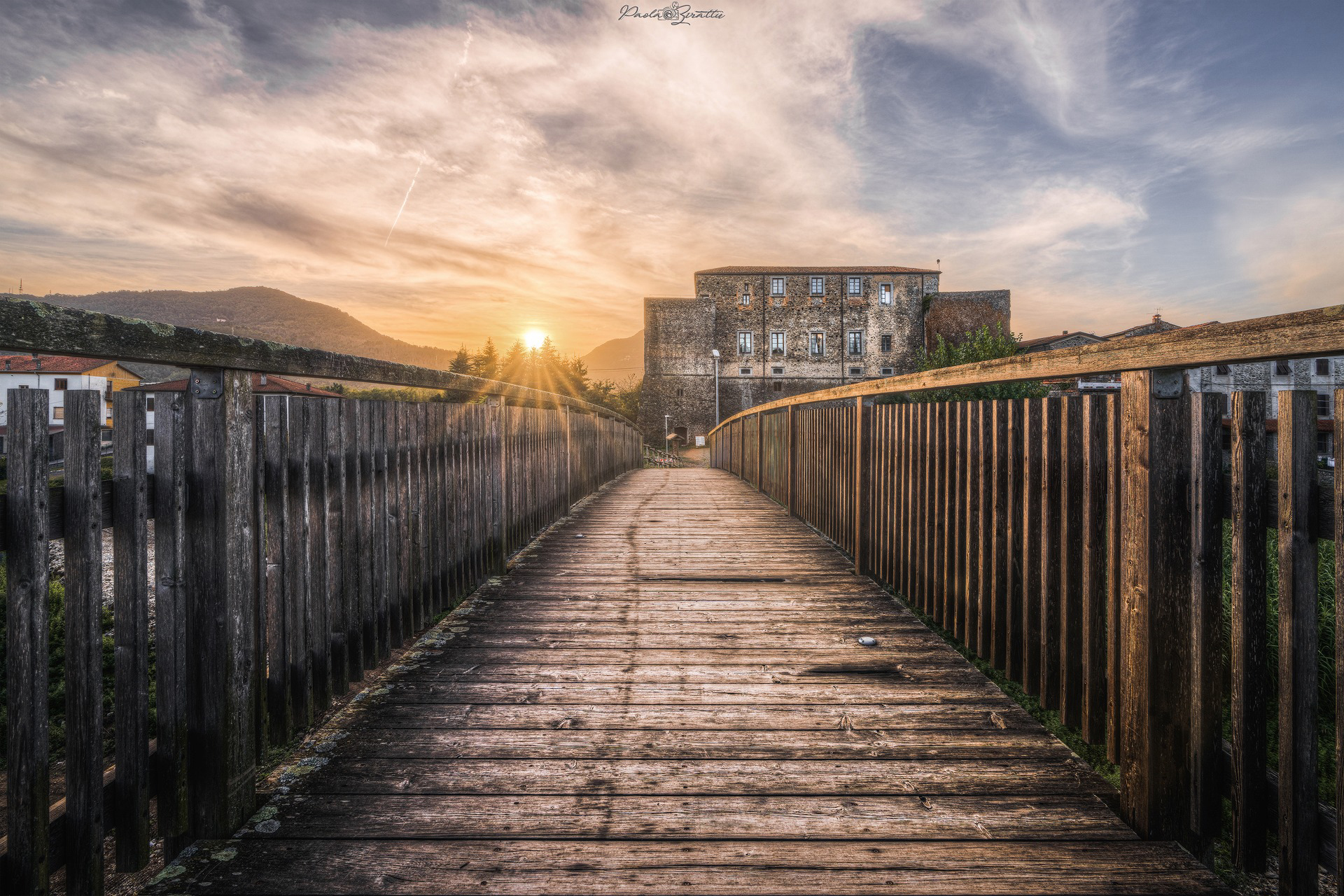
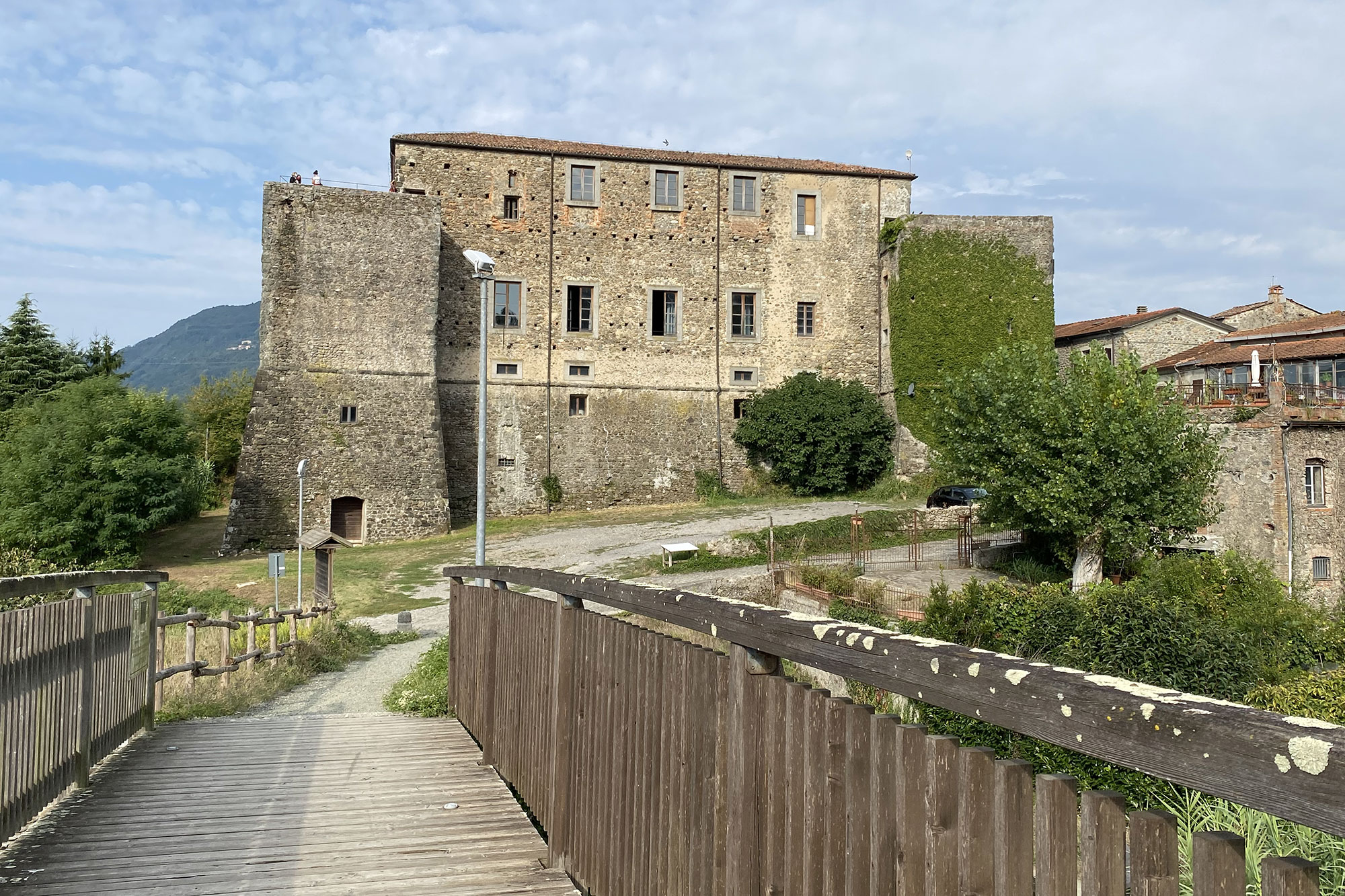


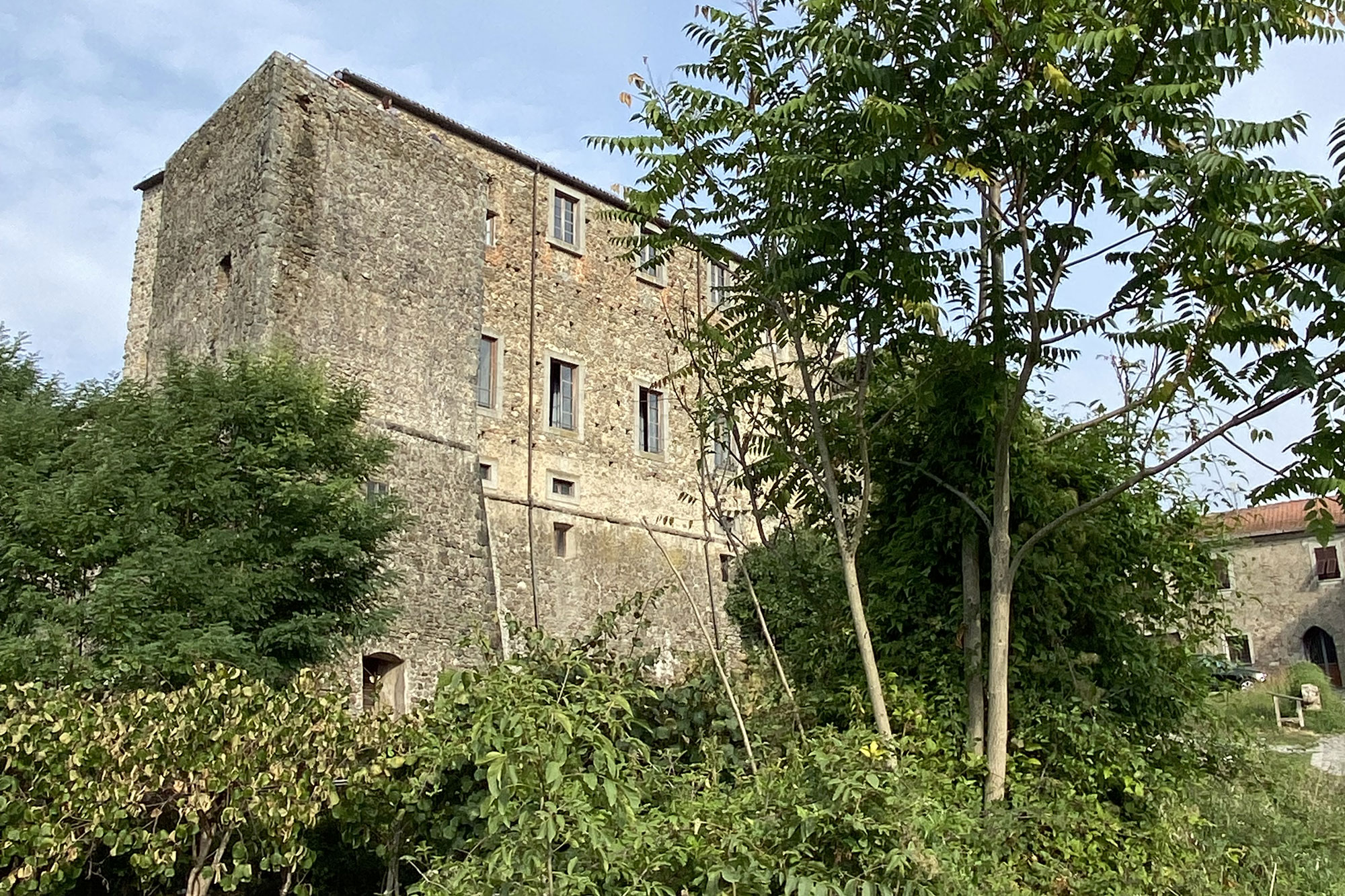
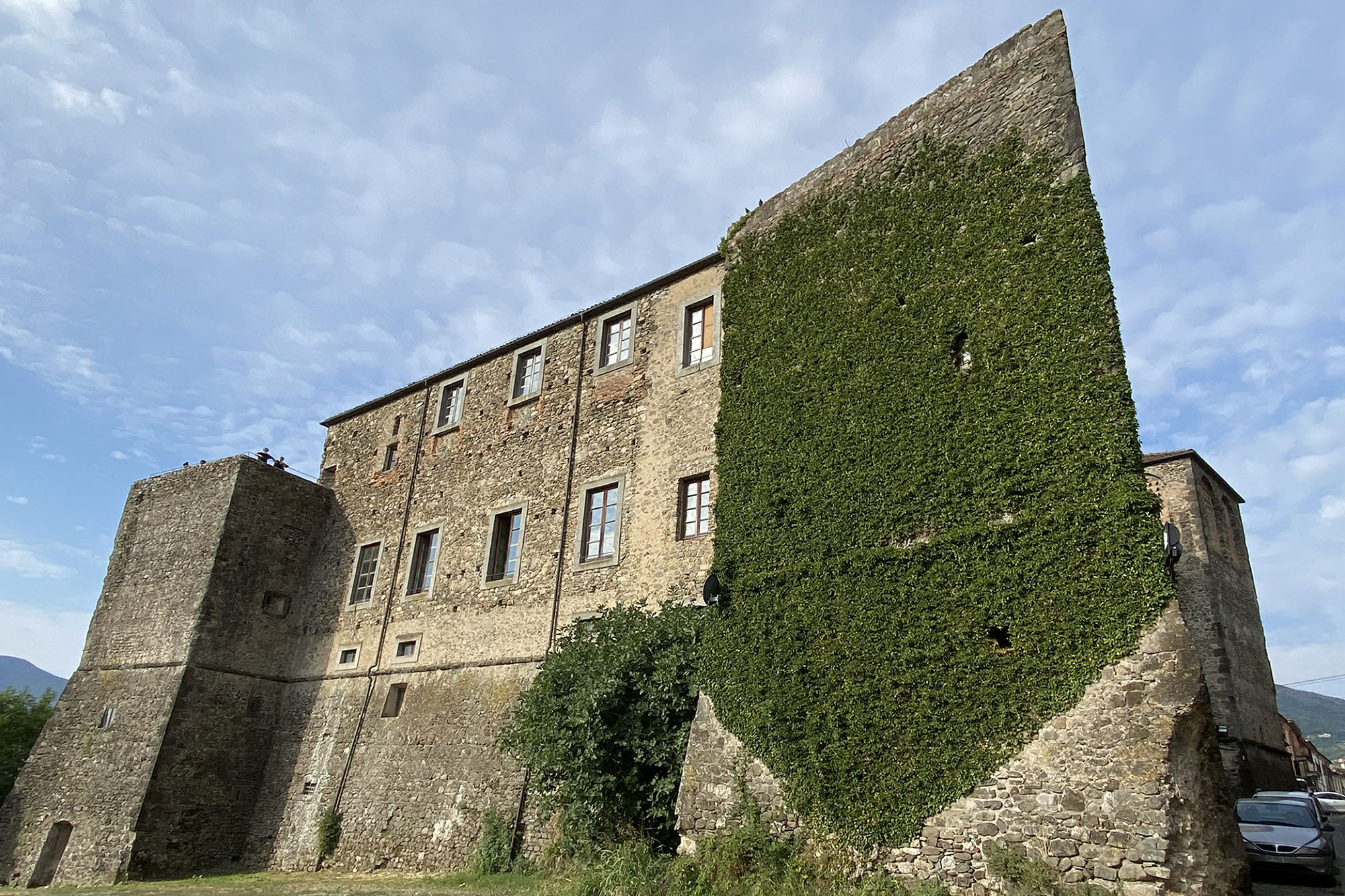
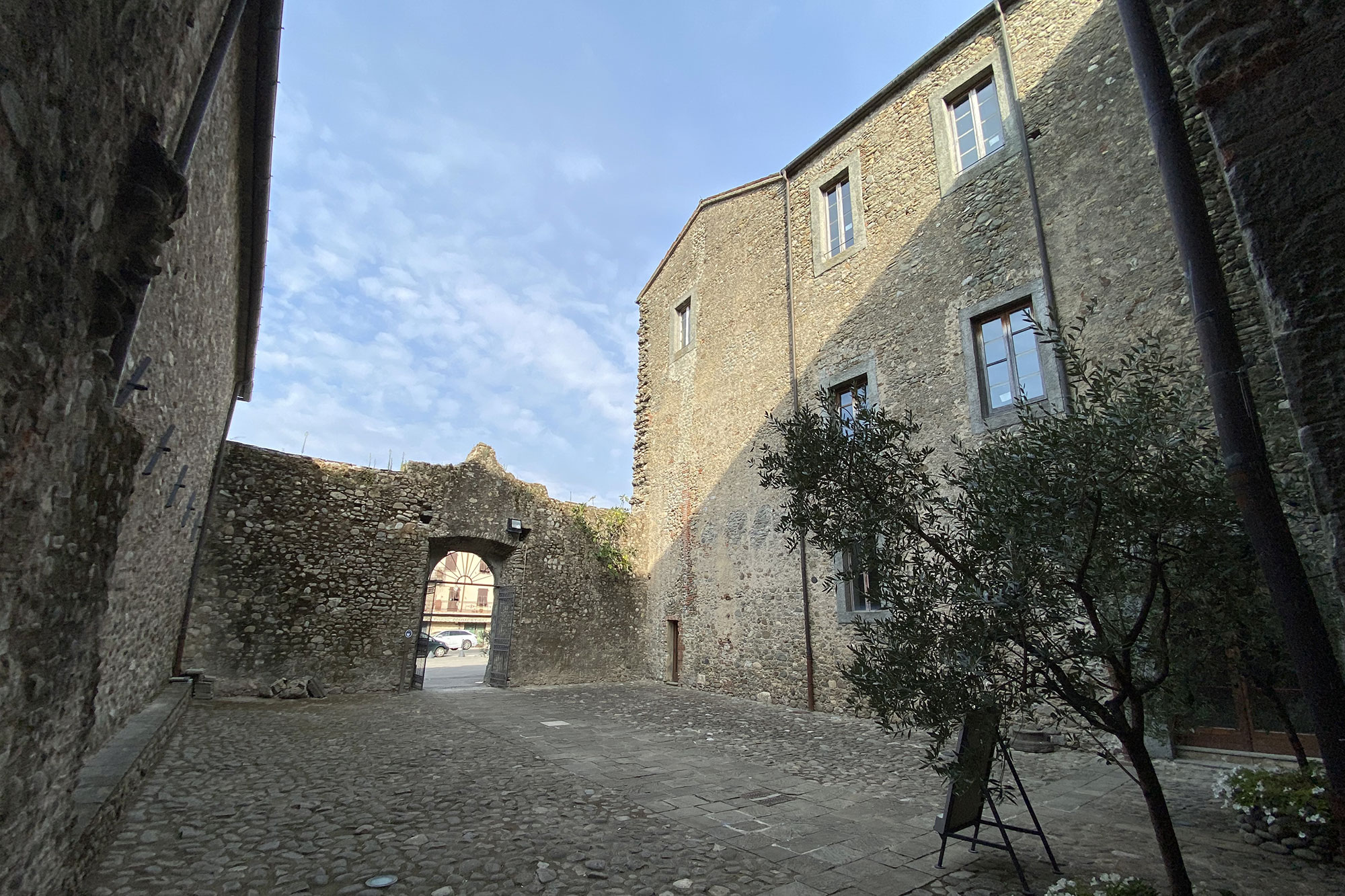
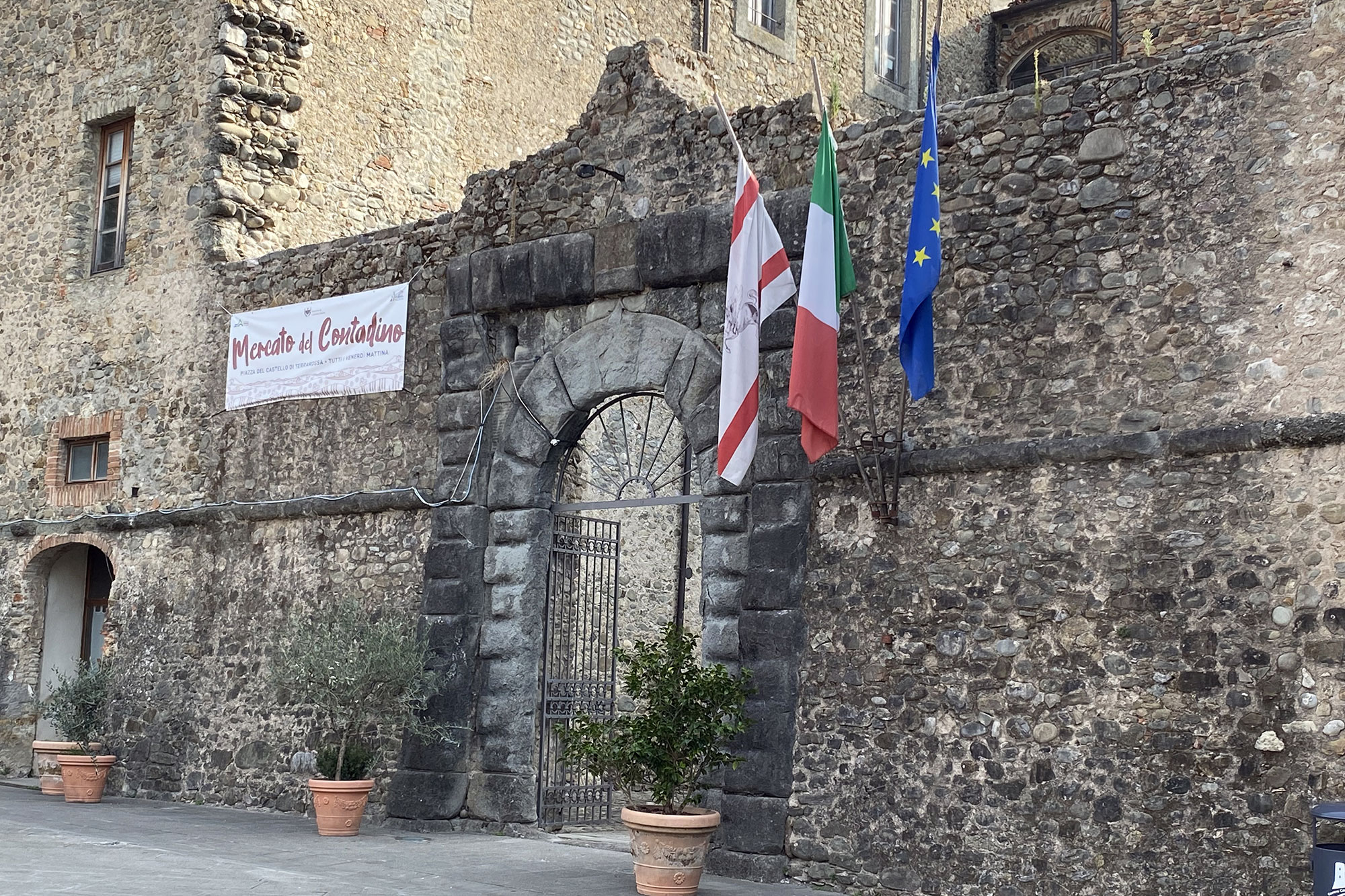
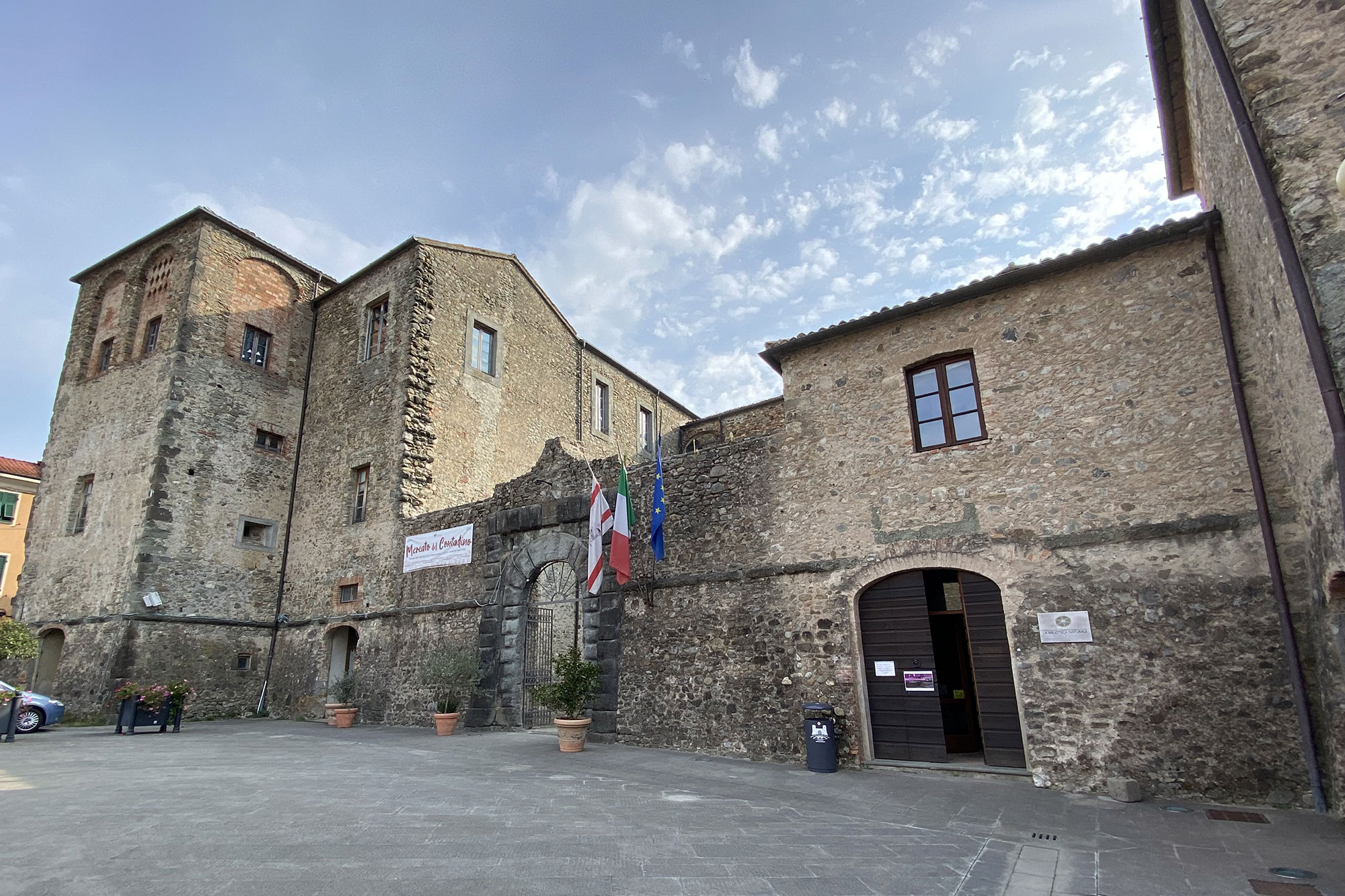









How to reach
Terrarossa is a village in the municipality of Licciana Nardi, which is still crossed by the ancient Via Francigena path and is easily reachable from the Aulla exit of the A15 motorway which is 2.5 kilometres away.
History
The remains of the original nucleus of the castle, known as 'Terrarossa', situated on a small hill overlooking the confluence of the Civiglia stream and the Magra river, are incorporated in a building that is now a private residence called 'Castelletto'. In the 12th century, along the Via Francigena on the left bank of the river Magra in the plain below the old Castle of Terrarossa, developed a new settlement called 'Borgonuovo'. This village, already described in 1126 as walled and with a church dedicated to San Giovanni, dependent on the Abbey of Aulla, grew on both sides of the road.
Gradually, Borgonuovo became populated by the inhabitants living around the medieval castle and received the toponym 'Terrarossa'. Even in the 16th century, the two localities of Borgonuovo and Terrarossa were distinct in written documentation. Today's state road does not follow the old route that crossed the entire village, but intersects it, isolating the imposing Malaspina's fortress, built in the second half of the 16th century on the initiative of the first Marquis of Terrarossa to replace the old medieval fortification, as a fortified building in the plains with tasks of control over the Via Francigena as well as residential.
Terrarossa itself was subject to the changing political conditions of the Malaspina possessions, whose boundaries underwent continuous changes over short periods of time. During the 15th and 16th centuries, Terrarossa was part of several fiefs, including Olivola, until 1407, then Villafranca, Bastia, Filattiera and Monti, also suffering two Genoese occupations, in 1416 and 1463. It was only in 1581 that the independent fief of Terrarossa was established, assigned to Fabrizio Malaspina, former Marquis of Pontebosio. The death of his only son led Fabrizio Malaspina to sell the fief to the Grand Duke of Tuscany, who in 1628 gave it to Bernabò Malaspina of Filattiera. An interesting description of the fief and the castle dates back to 1617, written on behalf of the Grand Duke, from which we learn that the castle was built on the initiative of Marquis Fabrizio Malaspina himself. Here are some extracts from the text reproduced in Eugenio Branchi's work:
"Attached to the land of Terrarossa, which is on the main Roman road, there is a castle built in the modern style with four ramparts and comfortable rooms for living, although it is not completely finished. In front of this castle there is a large square with a garden, vineyards, and meadows; attached to this castle and the land of Terrarossa there is the hosteria; this land was at other times surrounded by good walls, and they can still be seen high above the ground ... The building, that is, the fortress, is entrusted to the appraisal of perished and trustworthy people, and at the moment it is estimated in this account at seven thousand scudi... The Marquis is content, when he makes the document and gives possession, that he will pay in cash only the price of his estates and buildings, which in this case does not require the assent of His Majesty. Majesty's assent is not necessary, since they are allodial goods and the building was made by him from the foundations.".
Eugenio Branchi himself mentions the figure of Marquis Fabrizio in reporting the document:
"During the time that the Marquis Fabrizio was in Lunigiana, he was not idle in taking care of his own affairs; he took great care to cultivate his lands with deforestation and very useful plantations, among which the mulberry tree deserves a special mention, a great source of silk wealth, for which purpose he had vast halls built, which can still be seen in the palace or castle that he built in Terrarossa from the foundations. ... If, by chance, the rooms mentioned were later destroyed or changed, you can see the plan of the castle and palace in question, drawn on the occasion of the sale to the Grand Duke in 1617, which is preserved in the Medici Archives, Affairs concerning Lunigiana, File 2720 ...".
The imposing castle is one of the largest existing Malaspina residences and was built on a square plan, the same one used for the construction of the castle of Pontebosio. In fact, Fabrizio Malaspina, between 1574 and 1581, before obtaining the possession of Terrarossa, had Pontebosio as a fief. The proportions of the castle of Terrarossa are, in comparison with that of Pontebosio, imposing. The building of Terrarossa was so large that the Marquis and his successors were unable to complete it, leaving several architectural elements unfinished, including some bastions. The castle occupies an area of about 1,250 square metres, with a cubic capacity of 7,800 cubic metres, for a total of 43 rooms, and still shows its imposing appearance today, with the mighty bastioned walls articulated around the quadrangular courtyard, four angular bastions, a beautiful arched portal in sandstone blocks, and the internal rooms covered by cross vaults. A curiosity: in the past, several spaces were used to house a productive silkworm farm. Currently, the castle, restored after years of abandonment and decay, houses conference rooms, a guesthouse and the tourist information office.
More info & notes
Terrarossa Castle can only be visited on set dates or by appointment. Information: +39 0187 423053
First photo of the gallery courtesy of Paola Zirattu - https://www.instagram.com/paola_zirattu/